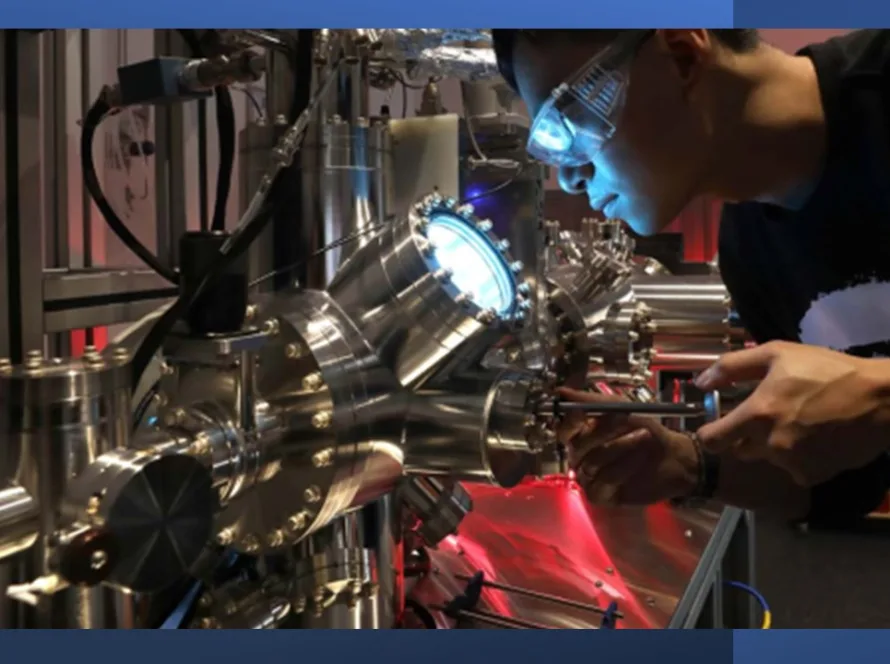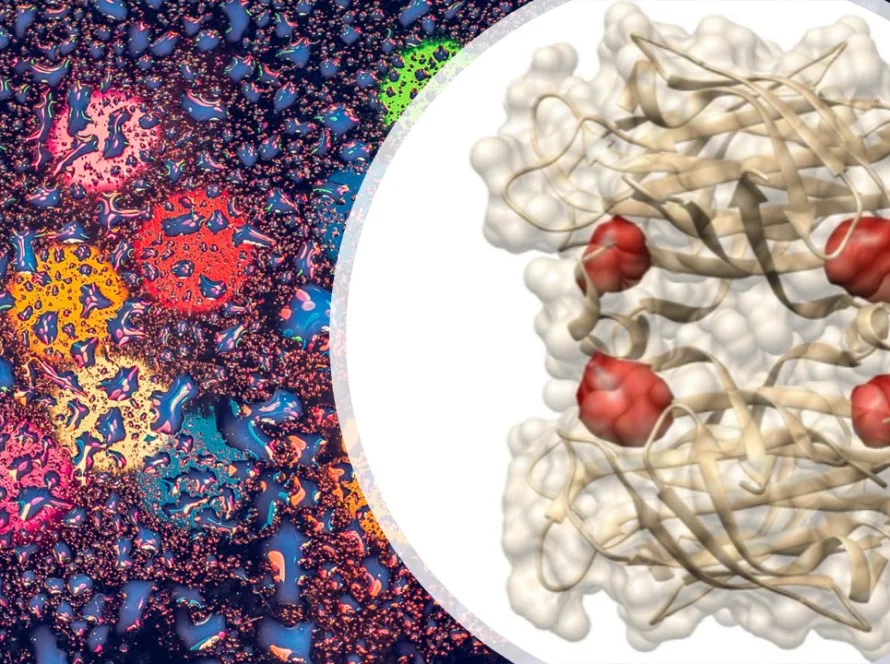In the intricate tapestry of life, genes serve as the blueprints, dictating the form and function of every living organism. Gene sequencing, a revolutionary technique that has emerged as a cornerstone of modern biology, enables us to decode this intricate language of life, revealing the secrets embedded within our DNA.
Getting into the DNA Blueprint
Deoxyribonucleic acid (DNA), the molecule that holds the genetic code, is a complex double helix composed of four nucleotide bases: adenine (A), guanine (G), cytosine (C), and thymine (T). The order of these bases, much like the arrangement of letters in a word, determines the genetic information encoded within DNA.
Gene sequencing, the process of determining the precise order of these nucleotide bases, provides scientists with a direct readout of the genetic code. This detailed information allows researchers to unravel the intricate mechanisms of life, understand the basis of diseases, and even develop personalized medicine approaches.
A Technical Revolution in Gene Sequencing
The advent of gene sequencing has transformed the field of biology, providing scientists with an unprecedented tool for exploring the genetic underpinnings of life. The Sanger method, developed in the 1970s by Frederick Sanger, marked a significant breakthrough, enabling the sequencing of individual DNA molecules.
However, the true revolution came with the development of next-generation sequencing (NGS) technologies in the early 21st century. NGS platforms can simultaneously sequence millions of DNA molecules, dramatically increasing the speed and throughput of gene sequencing.
Unlocking the Mysteries of Life
Gene sequencing has revolutionized our understanding of life, providing insights into a vast range of biological processes and phenomena. From unravelling the genetic basis of diseases to understanding the evolution of species, gene sequencing has opened up new avenues of scientific exploration and discovery.
In the field of medicine, gene sequencing has enabled the identification of genetic mutations responsible for various diseases, leading to the development of targeted therapies and diagnostic tools. For instance, the identification of the BRCA1 and BRCA2 genes, associated with an increased risk of breast and ovarian cancer, has revolutionized cancer prevention and treatment strategies.
Gene Sequencing: A Beacon of Hope for the Future
Gene sequencing holds immense promise for the future of medicine and beyond. As sequencing technologies continue to advance, the cost of sequencing decreases, making it more accessible to researchers and clinicians worldwide.
Personalized medicine, tailored to an individual’s unique genetic makeup, is poised to become a reality, offering more effective and targeted treatment options. Gene sequencing also has the potential to revolutionize agriculture, enabling the development of crops that are more resistant to pests and diseases and better adapted to changing environmental conditions.
Gene sequencing is not just a scientific tool; it is a gateway to a deeper understanding of life itself. As we continue to unravel the intricate language of DNA, we gain a profound appreciation for the complexity and beauty of the living world.
Here some recent advancements of Gene Sequencing :
Nanopore sequencing
Nanopore sequencing is a third-generation sequencing technology that uses tiny pores drilled into a membrane to read DNA molecules. As a DNA molecule passes through the pore, it disrupts an electrical current, which is then used to determine the sequence of the DNA. Nanopore sequencing is faster and more accurate than Sanger sequencing, and it can read longer DNA molecules.
Single-molecule real-time sequencing (SMRT sequencing)
SMRT sequencing is a single-molecule sequencing technology that uses fluorescent nucleotides to label DNA molecules. As the DNA molecules pass through a flow cell, they are illuminated by a laser, and the fluorescent nucleotides emit light. The pattern of light emissions is then used to determine the sequence of the DNA. SMRT sequencing can read very long DNA molecules, and it is able to detect epigenetic modifications, such as methylation and acetylation.
Long-read sequencing
Long-read sequencing is a type of sequencing that can read DNA molecules that are tens or even hundreds of thousands of base pairs long. This is important for assembling genomes, which are typically composed of millions of base pairs. Long-read sequencing can also be used to study the structure of chromosomes and to detect genetic rearrangements.
Single-cell sequencing
Single-cell sequencing is a type of sequencing that can be used to sequence the DNA of individual cells. This is important for studying the diversity of cells in a tissue, such as cancer cells or stem cells. Single-cell sequencing can also be used to study the development of cells and to track the spread of diseases.
These recent advancements in gene sequencing have made it possible to sequence genomes faster, more accurately, and more cheaply than ever before. This has led to a revolution in biology, with new discoveries being made all the time.
Here are some of the benefits of gene sequencing:
- Improved understanding of diseases: Gene sequencing can be used to identify the genetic mutations that cause diseases. This information can then be used to develop new diagnostic tools and treatments.
- Development of personalized medicine: Gene sequencing can be used to tailor treatments to a patient’s individual genetic makeup. This is known as personalized medicine.
- Improved understanding of evolution: Gene sequencing can be used to study the evolution of different species.
- Improved agriculture: Gene sequencing can be used to develop crops that are more resistant to pests and diseases and better adapted to changing environmental conditions.
Gene sequencing is a powerful tool that has the potential to revolutionize many aspects of our lives. As sequencing technologies continue to advance, we can expect to see even more groundbreaking discoveries in the years to come .





